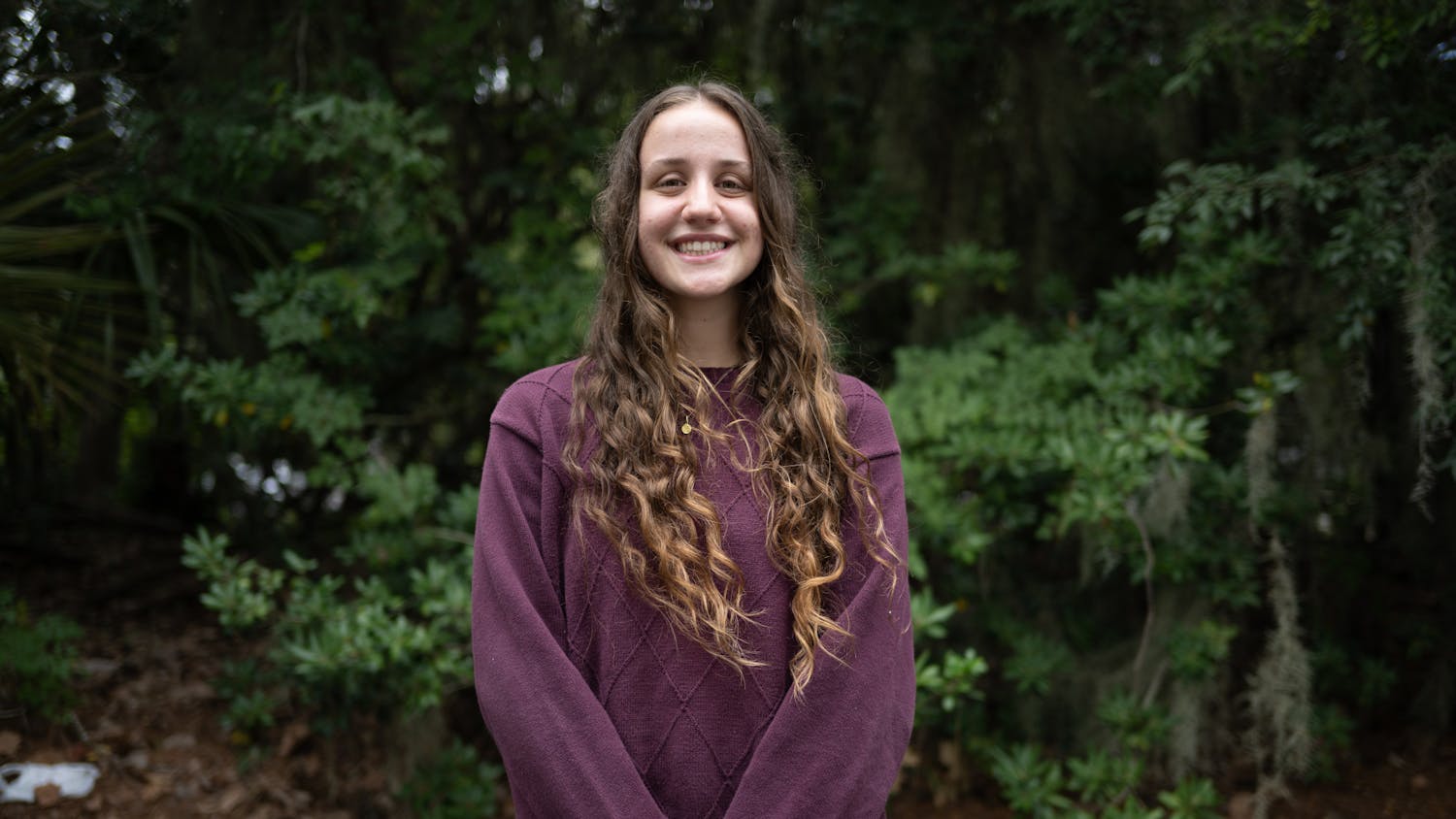January has come to a close, and the new semester seems to be just beginning. After all of the post-holiday reunions and celebrations, a lot of us are beginning to realize how quickly the rent catches up and wonder whether we should see if the landlord will give us a discount for the month of February since it's the shortest month anyway.
People have their own methods of saving, from using the car less to going out less to simply eating less. But before you invest your last few dollars in Krishna cards and Tupperware — or start shopping around to see which school clubs consistently offer the best pizza — take a look at some ways I've found to live fairly comfortably, spending around $10 to $20 a week on food.
(Note: I'm leaving politics and nutrition out of this. Feel free to modify this advice as you see fit, and definitely take vitamins no matter what your diet is like.)
The first step is to make a grocery list. This seems like a no-brainer, but making a list and sticking to it can be a lot harder than it seems.
Think about what you might want to eat, what you normally eat and what you can actually eat within your budget. If there's anything that you normally buy pre-made, cross it off and buy the ingredients to make it. You might spend a little more in the beginning, but you can always use the extra ingredients for something else later. Meat will weigh down your food budget considerably as well, so either forgo it or buy a minimal amount depending on your tastes and how much you can swing for it.
Fresh organic produce, sadly, is still quite expensive, so stick to a few things you know you won't throw out and can be used a variety of ways.
I usually go for bananas, onions, garlic, potatoes and cabbage. And, while you're in the produce section, look to see what's on sale, and try not to get suckered into buying overpriced and less fresh pre-cut vegetables.
While you're in the grocery store, make sure to take a stop at the bulk bins. They're the big plastic containers that let you buy nuts, grains, beans, and other goods by the pound. They can be spotted in just about any health food store, Ward's and one or two of the Publix stores in the Gainesville area. There are a million different ways to combine what's available. It's also easy to try new things because you can get as little as a few cents worth of something you're not quite sure about.
If you enjoy soy or almond milk, you can make it yourself with dried almonds or soybeans from the bulk bins and water and sugar to taste. There are a million different recipes online, varying in labor intensity from about 15 minutes to hours. If you enjoy sprouts on your sandwich or want a nice, Asian-style dinner, the same holds true for just about any whole grain or bean. A more detailed explanation can be found online, but you should soak them overnight, rinse them at least twice a day after that and let them drain during the rest of the time. In a couple of days you'll see what started as a few measly tablespoons of beans take over your container, to the point where underestimating your harvest can easily turn a blessing into a curse.
I've found mung beans to be the tastiest and most successful when you don't have anything left in the pantry other than white rice and packets of soy sauce. Chickpeas are tasty when they work, but very finicky if you don't have the time to rinse them thoroughly. Sunflower seeds make delicious leafy greens that are perfect in a sandwich. Keep experimenting with these; everything comes out a little bit different. While you're getting the rest of your staple foods, see if you can also buy spices in bulk — you'll quickly find that those little $3 jars of spices are actually 50 cents of spice and $2.50 of jar.
Your last stop — if you can make it — is Big Lots or another closeout store. It may seem cheap and trashy, but the trashiness is what you make of it. Look at their selection of international foods and buy any kind of sauces that look appealing. Do the same in the condiments aisle and then find some olive oil. If you can keep your blinders on near brightly colored snacks and candy you haven't seen since fifth grade, you'll get away with what would normally be the priciest items in your pantry for about $5 total.
In Gainesville, we're lucky to have access to a lot of the places and services that let us eat healthy foods without breaking the bank. Even if you don't need to cut many corners, make sure to appreciate the bounty this town has to offer and remember that many of our peers across the state are stuck in a fast-food desert.




